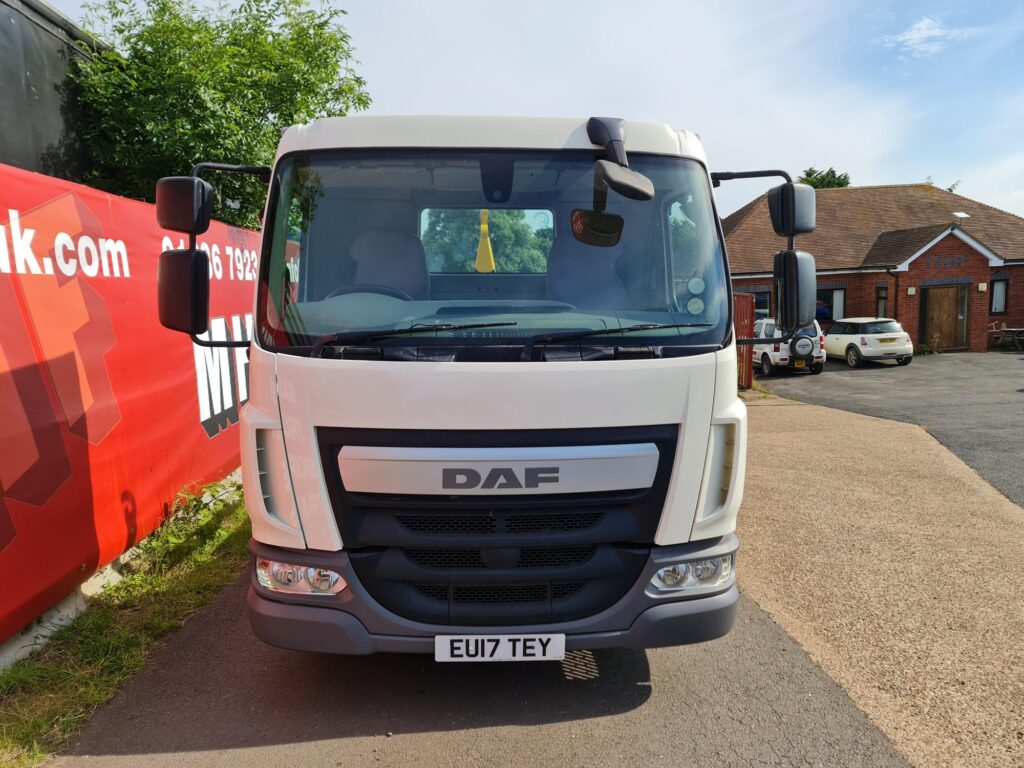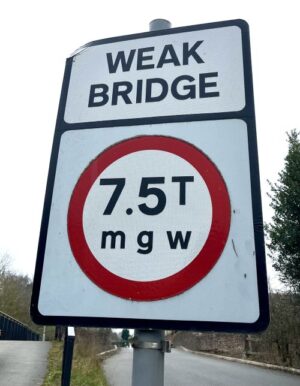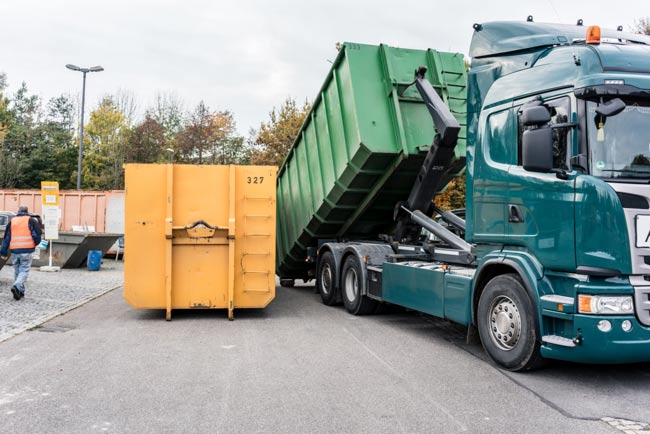Are you looking to apply for a DVS Permit but are unsure of what the requirements are and how to meet them? This is exactly what this article covers. Additionally, we offer a pre-application checking service, so you can drop your vehicle off with us, and we’ll go through it all for you so you know what’s required for successful permit issuance.
The HGV DVS safety permit scheme exists as part of a drive to cut serious injuries and road deaths caused by collisions with HGVs in Greater London by 2041.
Transport for London (TfL) has designed the first Direct Vision Standard (DVS) in the world and has also introduced a safety permit scheme for all vehicles heavier than 12 tonnes GVW entering or operating in Greater London.
The DVS system measures driver visibility from and around the vehicle and is measured by a star rating system (0 stars to 5 stars).
Since March 2021 it has become illegal for any vehicle over 12 tonnes to use the roads in Greater London unless the vehicle has a minimum 1-star DVS rating or meets ‘Safe System’ requirements. From October 2024 all HGVS using these roads will need to have a minimum 3-star DVS rating.
MHF (UK) Ltd offers a DVS permit pre-application checking service and can fit Safe System equipment to your HGV.
In this post we’re focusing on the DVS permit application. If you want to know more about the DVS and Safe System, have a read through our page here.
DVS permit application process
DVS permits are available from Transport for London, with the most direct way to apply for a DVS permit being via the TfL website [www.tfl.gov.uk/direct-vision-permit]. DVS permits are free and must be applied for by fleet operators/owners for each vehicle that wants to use roads in Greater London.
As mentioned above, each vehicle must hold a minimum 1-star DVS rating unless it is classed as being exempt from the Direct Vision Scheme. Provided a vehicle has a 1-star rating an application for a safety permit can be made without the need for any evidence or further action.
Applicants must provide vehicle, operator and contact details. If your vehicle is Zero-star rated you will have to upload two photographs of its Safe System equipment. More information on application requirements can be found here.
Your submitted application will then be reviewed and either approved or rejected. If approved, you will receive an electronic permit.
Vehicles with a One to Five-star rating will automatically be granted an electronic permit.
If you don’t know the star rating of your vehicle you can contact TfL in the first instance, to see if they hold information on your vehicle. Alternatively you should contact your vehicle manufacturer for advice, but make sure you have the VIN number of your HGV ready.
TfL will respond to any rating information provided by you (from your vehicle manufacturer) within 28 days.
Timeframes
The DVS was introduced in 2020 as part of the Mayor of London’s Vision Zero Plan to eliminate all deaths and serious injuries on London’s transport network by 2041.
The Safe System was reviewed in June 2022 to take in to account the availability of any additional technology or safety equipment and will be known as the Progressive Safe System.
Any newly available equipment or technology identified for the Progressive Safe System must be able to be retrofitted to HGVs, be industry recognised and be readily available.
From October 2024 all vehicles with a Zero to Three-star rating will need feature the Progressive Safe System.
When will my DVS permit expire?
DVS permits vary in length according to the star rating of a vehicle.
· Zero-rated vehicles with an approved Safe System will be issued a permit until 2024
· One and Two-star rated vehicles will be issued a permit until 2024
· Three, Four and Five-star rated vehicles will be issued a permit that lasts 10 years.
All zero, one and two-star rated HGV DVS permits will expire on 25th October 2024. This is when the Progressive Safe System will be enforced for all HGVs with a star rating of two or below.
Administration of the DVS scheme
TfL administers the DVS and Safe System scheme. Applications for DVS permits can only be made to TfL. Certification is provided electronically – no paper permits are issued and proof is not required to be displayed in a vehicle.
Enforcement of the DVS
The DVS is enforced under the London Councils Traffic Regulations Order (TRO). Enforcement is carried out in the following ways:
- Automatic Number Plate Recognition (ANPR) system – checking vehicle registration numbers against the DVS permit database
- TfL Compliance, Policing, Operations & Security (CPOS) – Work-Related Road Risk (WRRR) compliance officers conducting checks on vehicles entering TfL sites
- Met Police Commercial Vehicle Unit (CVU) – conducting roadside checks on HGVs entering and operating in Greater London
If a vehicle is found to be driving in Greater London without a DVS permit the driver will be issued with a penalty charge notice (PCN).
Average daily compliance during the first year of enforcement was 94.2% (TfL report June 2022), illustrating that the HGV industry has reacted proactively to the scheme. The number of PCNs issued peaked in July 2021 and has tailed off since.
All revenue gathered from PCNs is automatically re-invested in to transport projects in London as part of the Mayor of London’s Vision Zero plan to eliminate road deaths and serious injuries on Greater London’s roads by 2041.




